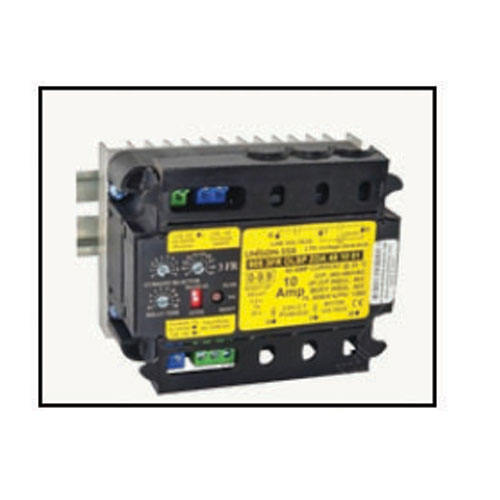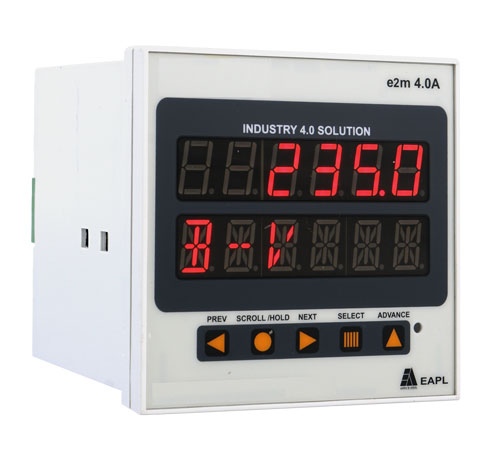Schedule a Call Back
Optimising Induction Heating Process
 Technical Articles
Technical Articles- Dec 10,15
In order to reach optimal hardness during the induction hardening process, the metal workpiece must be heated rapidly for a defined period of time over a multi-step temperature profile. The quality and durability of the resultant parts are significantly influenced by the temperature accuracy and stability before the part is quenched.
The heating process and energy requirements can be optimised through the use of non-contact temperature measurement and adequate controllers. Infrared thermal imagers are capable of measuring a broad temperature profile to provide improved detail of thermal gradients across the workpiece, enabling further insight into the hardening process. While pyrometers provide accurate and precise temperature measurements at a single fixed point and enable the reproducibility that is critical in induction hardening processes. In addition, pyrometers are capable of very fast measurement speeds, which is required for the rapid thermal changes of the induction process. The use of pyrometers, thermal imagers, and fast controllers for temperature monitoring and process control can increase the quality, accuracy, and repeatability of many heat treatment processes.
Solutions
Process optimisation using a NIR thermal imaging system
# Measurement of a broad temperature distribution of the part by high camera resolution (up to 640 by 480 pixels)
# High measurement certainty (0.5% of measured value), and
# Detailed data analysis, process monitoring and control using the LumaSpecTM thermal imaging process software.
Process monitoring using pyrometers
# Precise and accurate monitoring of process temperatures at a single point
# Short wavelength detectors for high accuracy on metal products, and
# Measurement of very fast heating processes (short acquisition times up to 6 μs).
Process control by programmable controller (PI 6000)
# Specification of heat-up rates and of one or multiple holding steps to control the heat treatment process (within 250 μs steps)
# Facilitates holding of required working temperature through temperature controlled hardening process, and
# High repeatability and process stability through online process control and reaction to each process variation.
Benefits
# Fast and easy process optimisation
# Robust, reproducible processes for improved control and monitoring
# Maintain and control process quality specifications
# Full-coverage process documentation to prove process reliability, and
# Flexibility thanks to controllers with multiple programs and external I/Os.
LumaSense Technologies, Mumbai. Tel: 022-67419206. Mobile: 099203-58348. Telefax: 91-22-67419201. Email: s.modsingh@lumasenseinc.com
Related Stories

Anupam Rasayan to Acquire US Based Jayhawk Fine Chemicals in Definitive Agreement
Anupam Rasayan will acquire US-based Jayhawk Fine Chemicals for USD 150 million, expanding its global CDMO presence, strengthening its US footprint and advancing its speciality materials portfolio.
Read more
Taural India and TEIL Advance Marine Self-Reliance with Indigenous Gearbox Castings
Taural India has supplied TEIL with indigenously engineered aluminium castings used to manufacture propulsion gearboxes for an Indigenous Patrol Vessels Programme, marking a major step in marine sel..
Read more
TIL Launches Three Indigenous Material Handling Innovations at EXCON 2025
TIL unveils three advanced, fully indigenous material handling products at EXCON 2025, reinforcing its focus on safety, engineering excellence, and India-ready innovation.
Read moreRelated Products

Three Pole, Numerical, Non-directional 3 O/c or 2 O/c+1 E/f Relay With Inst. Highset
JVS Electronics Pvt Ltd offers a wide range of three pole, numerical, non-directional 3 O/C Or 2 O/C+1 E/F relay with inst. Highset JNC 066/JNC 066P.

Ph Fwd/ Rev Motor Protection Ssrs
Insys Electrical & Controls offers a wide range of PH FWD/ REV motor protection SSRs.

Multifunction Meter With Event Counter
Electronic Automation Pvt Ltd offers a wide range of multifunction meter with event counter - model-E2M 4.0A















